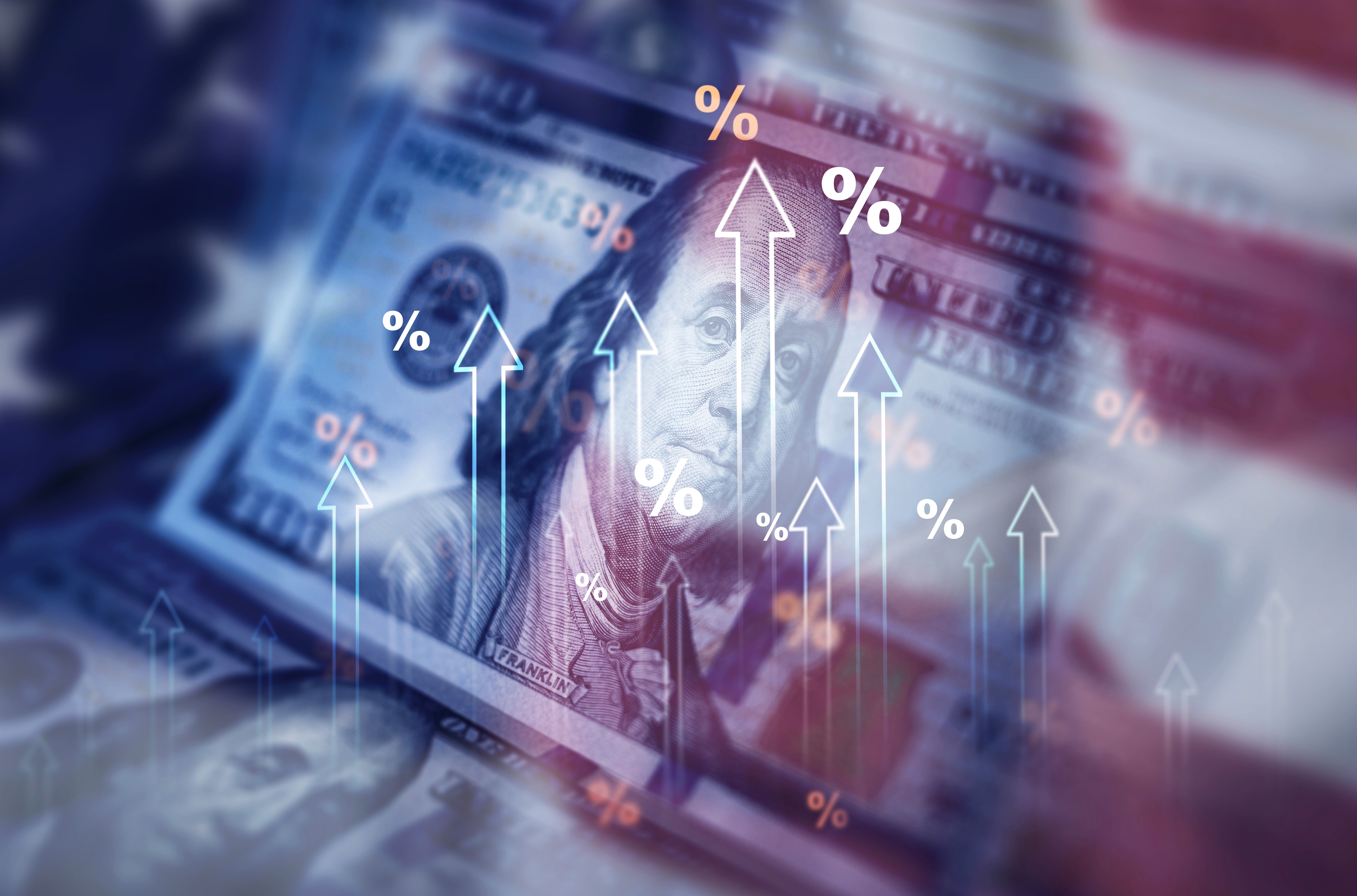 The Chinese Yuan/Renminbi: A Traveler's Guide
The Chinese Yuan/Renminbi: A Traveler's Guide
China looms large on the global stage as the world’s most populous country, second largest economy, and largest exporter. Its renminbi currency — which translates to “people’s currency” — also plays an increasingly key role in global trade and geopolitics. For travelers, the renminbi unlocks one of the most ancient civilizations on the planet. Let’s take a closer look.
Brief History of the Yuan/Renminbi
Although China’s currency is known as the renminbi, the bills themselves are referred to as yuan.
The renminbi has been issued by the People’s Bank of China since 1949, with various updates in the years following. Pegged to the dollar since 1994, the renminbi was selected by the International Monetary Fund (IMF) as one of its official reserve currencies in 2016, alongside the US dollar, the European euro, the British pound sterling, and the Japanese yen.
As China’s economic growth has exploded on the strength of its booming export business, many experts assert that China devalued its currency in order to cheapen the price of goods on the international market (relatively cheaper goods give China’s export business the upper hand, spurring economic growth). This led to the Trump administration officially labeling China as a currency manipulator in 2019.
Traveling in China

China is one of the oldest and most sprawling civilizations on earth, and for those who make the journey, it is also famously accessible. Its many regions are generally best accessed by its vast train network, which is among the fastest and most extensive in the world.
The majority of tourist travel is concentrated in China’s three most famous cities — Beijing, Shanghai, and Xi’an — but its great web of trains and buses makes even the remote corners of this sprawling country surprisingly accessible to foreigners.
In recent years, travel into China has been severely restricted due to Covid-19. For about three years, the entire country was subject to some of the most stringent travel restrictions in the world — the notorious “zero COVID” policy — barring nearly all international travel. In April 2023, the Chinese government finally announced a full border reopening to foreign travelers.
Before Your Trip

The single most important step in planning your trip to China is obtaining the appropriate visa. For most first-time travelers, this will likely be either the 10-Year Chinese Visa or the Chinese Group eVisa, which are both obtainable online. A 72-hour visa-free stay may also be an option for those planning a brief trip en route to somewhere else. Needless to say, handling this process well in advance will help ensure a smooth trip.
Most Western travelers will appreciate obtaining a Virtual Private Network or “VPN” that will enable access to otherwise blocked websites like Google, Facebook and YouTube. It is much harder to obtain a VPN once in China, so handling this before your trip is essential if you plan on accessing most of the internet during your stay.
In terms of currency, the most crucial travel tip for China is: be prepared to pay in cash. Far fewer businesses throughout China accept credit cards than in the United States, with much heavier reliance on cash, and more recently, digital payment platforms (specifically WeChat and AliPay). While it is still worth bringing your credit card(s) along, you may find that only a handful of tourist-focused businesses accept them.
Because virtually all travelers will be withdrawing cash during their trip, it is crucial to notify your bank prior to your departure. Even then, travelers occasionally have issues with frozen bank accounts and inaccessible funds. The safest option? Withdrawing at least some yuan prior to your trip.
During Your Trip

As mentioned, you will likely be paying cash throughout the majority of your trip, with the possible exception of digital payments (more on that in a moment). As with all international cash withdrawals, be prepared to pay both a foreign transaction fee from your home bank and a withdrawal fee from the ATM. For those traveling deep into China, be aware that certain areas — such as Tibet — may have little to no ATM access. Thankfully, most of China is dotted with accessible ATMs.
More tech-savvy travelers should consider the popular Alipay and WeChat mobile payment platforms. These platforms function similarly to Apple Pay — which has very limited adoption in China at this time — but travelers should note that there are a number of limitations for foreigners on these platforms, such as no ability to link a non-Chinese bank account or send money to individuals.
Lastly, it is worth noting that there are certain cultural norms that are likely to catch a first-time American traveler off-guard — the lack of toiletries in many public bathrooms, for instance — so be sure to do some basic due diligence before you travel.
After Your Trip

Upon your return to the US, you can easily sell your remaining currency back to us without needing to wait in line at a bank. Simply enter your transaction on our website, and we’ll send you a printable label that you can package and drop off at any FedEx location. One day after we receive your pounds, you will receive a deposit in your bank account of choice, or a check in your hands via FedEx delivery.





